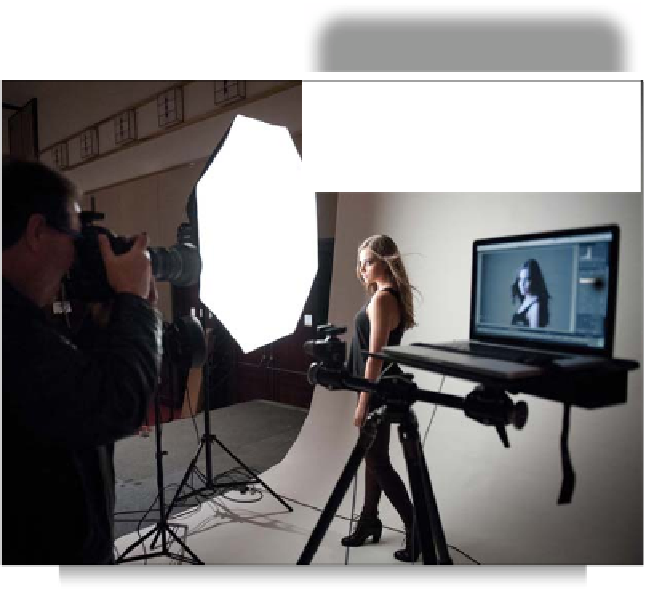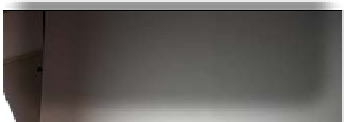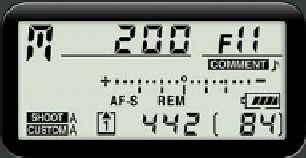Graphics Programs Reference
In-Depth Information
What you're about to learn is my typical day-in, day-out, workflow, and it
doesn't matter if I'm doing a landscape shoot, portrait shoot, or a sports shoot,
I pretty much use Lightroom the same way in the same order every time. For
this particular example, I'm doing a studio shoot, so it actually starts with me
shooting tethered (where I connect the camera to my laptop and shoot directly
into Lightroom itself. I do this any chance I get, because you see your image at
full-screen size rather than just on the tiny 3" LCD on the back of your camera).
We're using a simple one-light setup here, so let's get to it!
Step One:
Before I set up the lighting, I use the
USB cable that came with my camera to
connect my Nikon DSLR to my laptop. Once
connected, I launch Lightroom 4, then go
under the File menu, under Tethered Cap-
ture, and choose
Start Tethered Capture
.
I enter what I need to in the Tethered Cap-
ture Settings dialog (like where I want to save
the images on my laptop), click OK, and it
brings up the floating window you see here.
Now, I'm ready to go (for details on setting
up tethered capture, see Chapters 1 and 5).
Step Two:
The lighting setup I used is really simple:
just one strobe (I use the Elinchrom BXRI
500, which is a value-priced 500-watt studio
strobe with a built-in wireless receiver). I
wanted the light to be really soft and wrap-
ping, so I used a large softbox (a 53" Midi
Octa), and started by positioning it directly
beside the subject (Amanda). Then, I just
moved it forward (toward me) a foot or so,
and angled it a little back toward her. That
way, I had lots of shadows on the side of her
face facing away from the light, but I still had
a little of the light hitting her cheek, as well.
Camera settings: My lens is a 70-200mm
f/2.8 lens, and I shoot usually out around
200mm. In the studio, I shoot in Manual
mode, and leave my shutter speed set at
1/125 of a second, and then I can just adjust
my f-stop (which for this, and most shoots,
I set at f/11). In the studio, I also set my
ISO at the lowest native ISO for my camera
(which is 200 ISO for my Nikon). That's it—a
simple one-light setup, with simple settings.

















